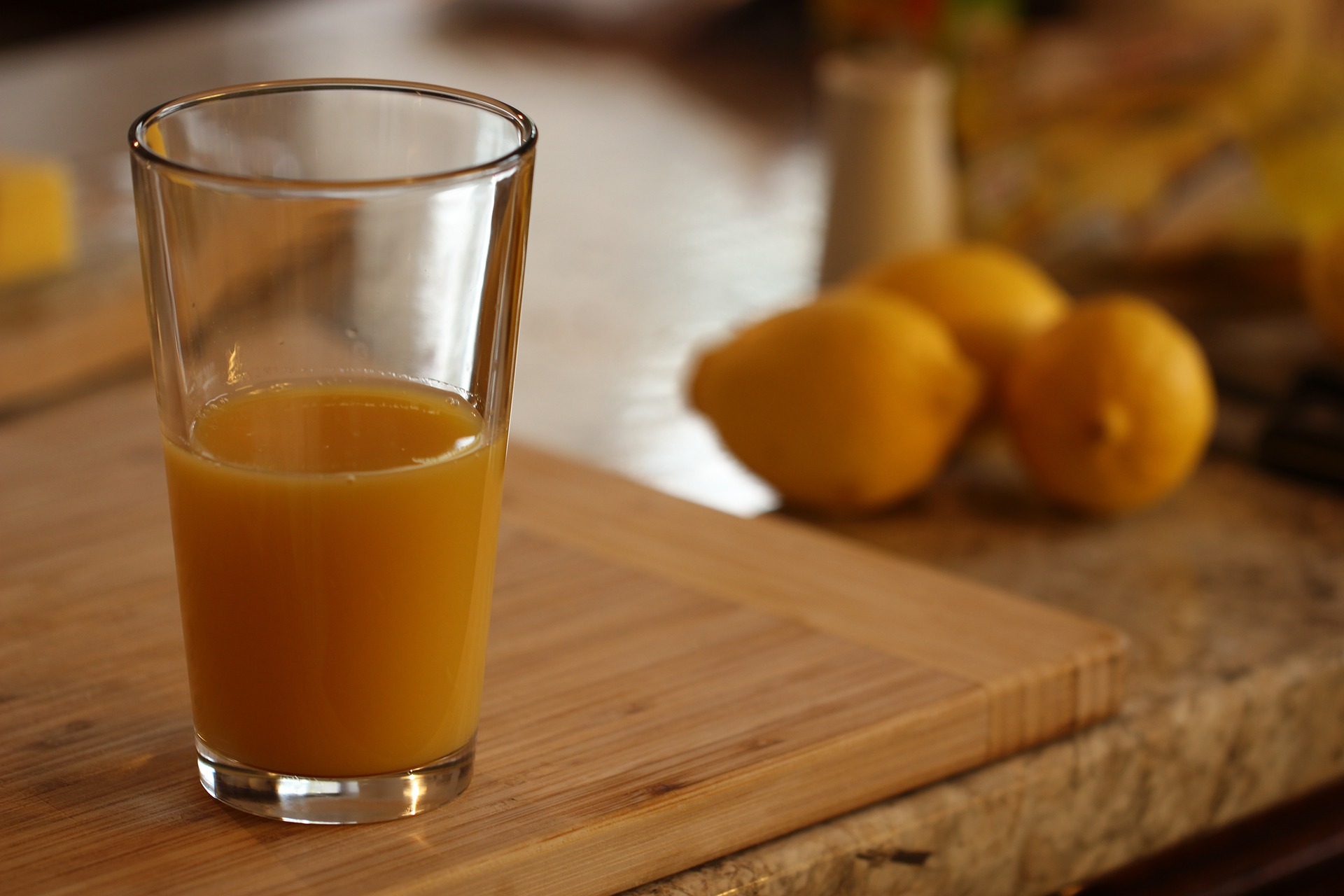What’s in Your Boba?
It is everywhere. It is consumed at any time of the day, even for breakfast. No, it’s not coffee but a popular Taiwanese beverage that is known by several names around the world, including “boba milk tea,” “bubble milk tea,” “pearl milk tea,” or, most simply, “boba.”
What’s in boba? Well, it may or may not contain, depending on the specific flavor, ingredients such as tea, fruit, coffee, dairy, and a variety of toppings from tapioca pearls to aloe vera. But a further look into these ingredients will often reveal artificial fruit flavors, preservatives, high-fructose corn syrup, and sugary fruit concentrates.
According to the study “Calories and Sugars in Boba Milk Tea: Implications for Obesity Risk in Asian Pacific Islanders” in the journal Food Science and Nutrition, a serving size of 16 fluid ounces of boba milk tea had about 263 Calories (kcal) and 38 grams of sugar in total. The study also examined several toppings in a 16-fluid-ounce boba drink. Tapioca pearls, which are usually made from starch, contained high levels of carbohydrates and was found to have about 78 Calories and 7 grams of sugar in total while jelly was found to have about 212 Calories and 12 grams of sugar in total. Relative to tapioca pearls and jelly, egg pudding was found to have a lower calorific value with about 54 Calories but had a higher total sugar content with about 18 grams of sugar.
What are the possible factors that contribute to boba consumption? Juan Rosario, a junior majoring in Linguistics and a frequent boba consumer, reported his top three reasons why he drinks boba almost every day: “It is really sweet and has multiple flavors, social pressure, and has caffeine sometimes.” Rosario also reported that the number of boba shops on or near campus has influenced his boba consumption and that having fewer boba shops could make him less inclined to buy boba.
Boba is not for everyone and there are many healthy alternatives to it. Drinking water is available and free in many places, contains zero sugar, and contains zero fat. A variety of affordable teas is also available in markets around Berkeley, and they contain antioxidants, zero fat, and zero sugar. Simply changing one’s purchasing behaviors, such as choosing less sugar or avoiding sugary toppings, can limit the sugar and calorie content in boba and allow one to still avoid the drink.
In an email, Dr. Jennifer Falbe, who led an evaluation of the nation’s first soda tax in Berkeley, highlighted how customers can help shape the options in boba cafes: “The American Heart Association recommends a daily limit of 6 tablespoons of added sugar for women and 9 for men. Often, just one sugary drink will exceed these limits, and that doesn’t just include soda but also sweetened coffees and teas including boba, sports and energy drinks, and fruit-flavored drinks. Unlike for bottled drinks, many cafes can make drinks with no or very little sweetener upon request. The more customers request these low-sugar or sugar-free options, the more they will become mainstays of the menu.”

Even fruit juices like orange juice have high quantities of sugar added.
Informational resources about the nutritional value of boba allows more students to become more educated and aware of this popular drink. This is particularly relevant in a college town like Berkeley. The Tang Center offers drop-in nutrition education every Wednesday from 2:30 to 5:30 p.m. at Social Services Room 2280 for free. Nutrition sessions are on a first come, first served basis; no appointment is necessary; and students can meet with a registered dietitian to receive guidance on food-related topics for 15 to 20 minutes. Berkeley Wellness is the nation’s leading online resource for evidence-based wellness information and offers resources on a wide range of health topics such as home remedies, contagious diseases, health care policy, and food safety. UC Berkeley is ranked second for its nutrition degree program, and there are plenty of resources worth trying here.
